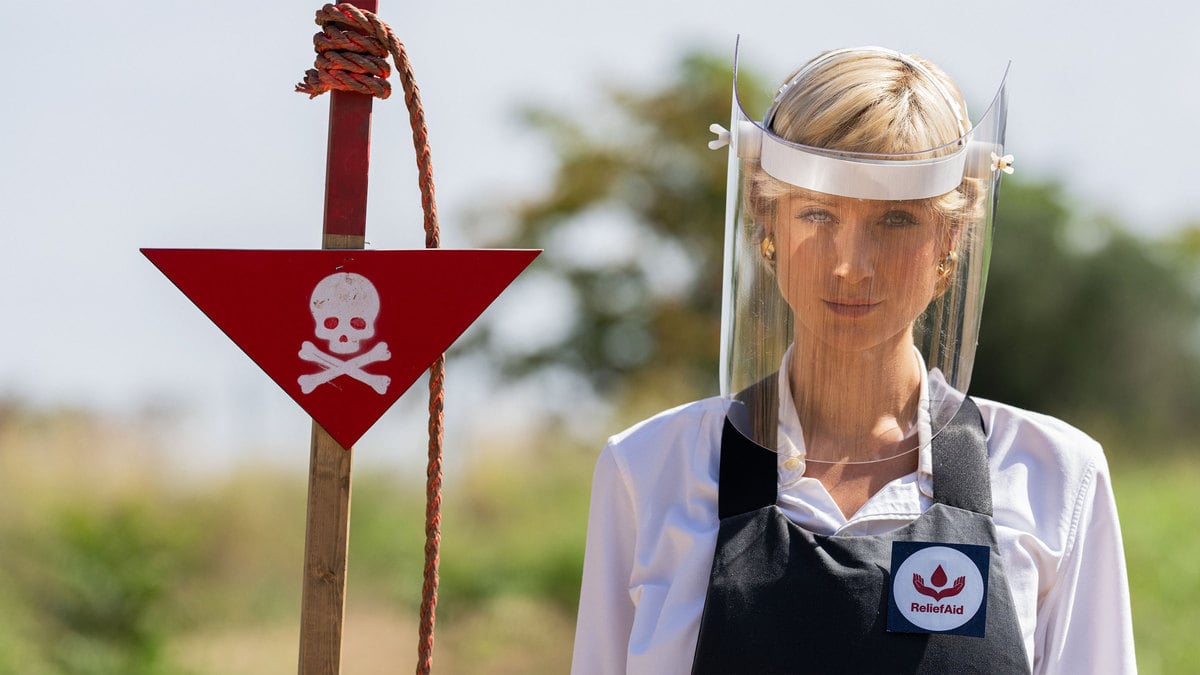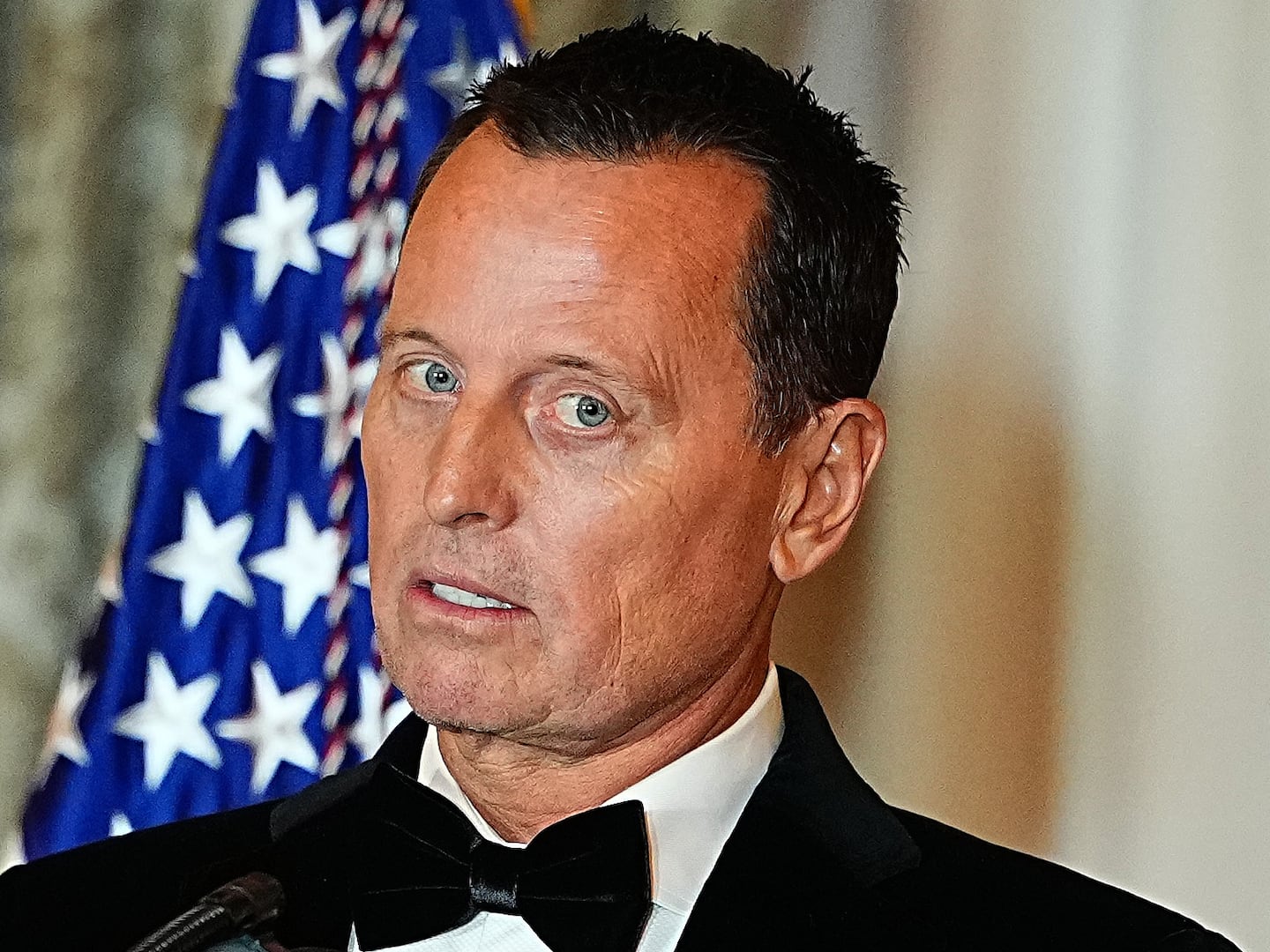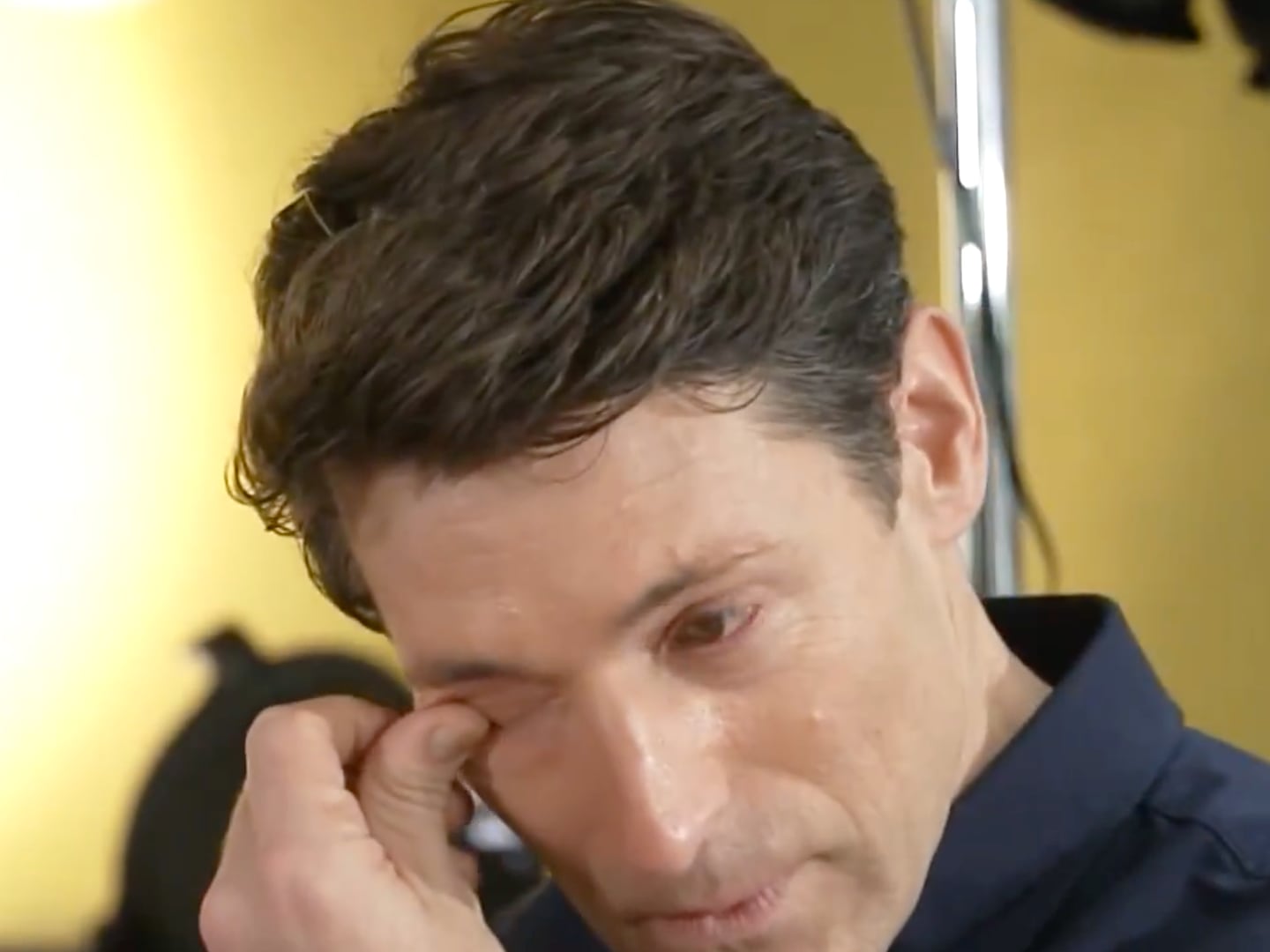Royalist is The Daily Beast’s newsletter for all things royal and Royal Family. Subscribe here to get it in your inbox every Sunday.
This article contains spoilers for the upcoming season of The Crown.
It was perhaps the moment of greatest peril for the monarchy in the last fifty years: Princess Diana had been killed in a car crash in Paris, and, days later, the palace had not lowered the flag at Buckingham Palace to half-mast—and had not confirmed that Diana would have a full state funeral so that the nation could pay its respects.
A wave of public anger and an outpouring of grief finally forced the palace to reconsider elements of its planning (even though Diana did not have an official state funeral), but there was a genuine feeling of astonishment that the monarchy could be so out of touch with its people.
Unsurprisingly, those extraordinary few days of paralyzed indecision by the royals, in the first days of September 1997, now look set to be the climactic point of the first four episodes of the new series of The Crown. The first half of the new series drops Thursday on Netflix.
Predictably as well, perhaps, the smash hit series has been accused of taking liberties with the truth.
A report in the Mail says that by dramatizing the longstanding rumor that the queen and her husband Prince Philip initially objected to Diana having a state funeral, the show is ignoring palace rebuttals made at the time.
In the drama, the royal couple reportedly suggest the funeral should be a “Spencer family matter” but King (then-Prince) Charles says: “The prime minister believes in a public funeral, a state occasion in all but name—and I agree with him.”
Queen Elizabeth says: “That would mean leaving Scotland and participating in some huge spectacle in London.”

Elizabeth Debicki as Princess Diana in 'The Crown.'
NetflixKeen followers of celluloid representations of royal life will know, of course, that the writer of The Crown, Peter Morgan, has explored this rumor and the wider context of the royals apparent reluctance to honor Diana publicly before.
In the movie The Queen, also written by Morgan, the efforts of then-prime minister Tony Blair to get the queen to return to London, lower the flag on Buckingham Palace to half mast, address the nation and authorize a full state funeral for Diana are central to the plot.
Buckingham Palace said at the time of Diana’s death, in response to reports of conflict over the issue, that there had been “speculation and inaccurate stories about the events leading up to, and subsequent to, the funeral,” and that such reports were “the direct opposite of the truth.”
Although no comment was ever made on the 2006 film, the queen invited Helen Mirren to dinner, but she declined.
Tony Blair pops up in another Crown-related article in the Daily Mail which says that the first episode shows Blair lobbying the queen, in the time preceding Diana’s death, to give the princess a more high profile public role in view of the success of her anti-landmine campaigning, despite her divorce.
The Mail says that in the first of the new episodes, Blair, played by Bertie Carvel, suggests Diana could again work on a “more formal basis” for the country despite being divorced form Charles.
The queen (Imelda Staunton) rebuffs Blair, saying: “Diana is now learning the difference between being officially in the royal family—and out.”

Crowds gaze at a carpet of flowers placed by mourners outside Kensington Palace September 4, 1997, two days prior to Princess Diana's funeral.
ReutersThe Mail points out that it is “unlikely” Blair, who only came to power a few months before Diana was killed, would have made the remarks, and that he never mentioned such an episode in his memoirs.
In the scene, the Mail says, Blair says to the queen: “[Diana] feels strongly that she still has a lot to offer the country as a public servant and a lot of energy…When Diana talks, the world listens…She wanted to know if the government could find a way to harness her gifts on a more formal basis and that any official basis they might offer her would be enormously appreciated.”
The monarch replies: “I always say it’s hard to be half in anything. You’re either in or out. You yourself would know the difference between being in government or out.
“While she’s mother of the boys and, in that respect, always welcome at the palace, as a divorced woman and no longer an HRH, Diana is now learning the difference between being officially in the Royal Family — and out.”







